I) Capacitively Coupled Plasma source
The CCP source is used for the study of fundamental plasma physics, such as electron heating mechanism, electromagnetic effects, properties of pulsed discharge, etc. with flexible variable external control parameters. The external control parameters include adjustable driving frequency, power feeding pattern, changeable electrode size, etc. The chamber (280 mm in diameter) contains two parallel circular electrodes, whose diameter can be changed by selectively mounting different electrodes (210 mm, 150 mm, 100 mm in diameter). The two electrodes can be flexibly driven by one or multiple source(s) with adjustable frequency. Also, the two electrodes can be respectively driven by two synchronous power sources, between which the phase angular can be adjusted.
The electrode spacing can be adjusted by changing the height of the lower electrode. More than four types of gases (Ar, O2, N2, CF4, CHF3, etc.) regulated with the mass flow controllers can be introduced into the chamber through showerhead-like upper electrode.
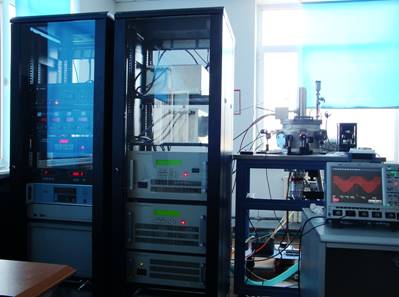
Fig.1 Apparatus view of DF-CCP
II) Lager area capacitively coupled plasma source
The large-area CCP chamber is used to study electromanetic effects, which cause major uniformity problems. The plasma chamber is 800 mm in inner diameter. It contains two parallel circular electrodes, whose diameter can be changed by selectively mounting different electrodes (300 mm, 450 mm, 600 mm in diameter). The electrode spacing can be adjusted by changing the height of the lower electrode.
Currently, Langmuir probe, double probe and optical probe can be used to measure electron and ion density, EEDF and emission intensity, etc. in the radial direction, so the plasma uniformity can be examined at different frequencies, applied powers, electrode size, phase shift between two sources, etc.
In order to suppress the plasma non-uniformity, we are making a preliminary experiment to control the plasma uniformity by changing the phase shift between two power supplies with identical frequency. Source power is introduced into the chamber through the top and bottom electrodes from one rf generator. The phase angle between two paths can be adjusted through a phase shifter. The plasma density, together with the EEDF, along the reactor mid-gap was measured by a Langmuir probe.
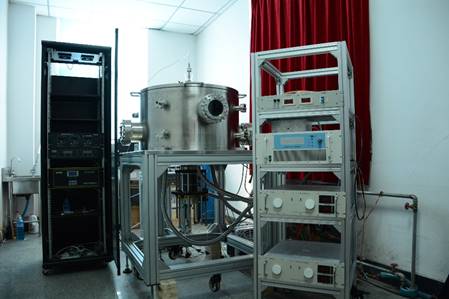
Fig.2 Apparatus view of large-area CCP chamber
III) Radio-frequency Inductively Coupled Plasma source
A planar-type coil cooled by water inside is placed on the top of the ICP chamber. A rf signal (13.56 MHz) generated by a function generator (Tektronix AFG 3252C) is amplified by a power amplifier (AR, Model 1000A225), and then connected to the coil through a Γ-type matching network. The applied power, voltage, current and phase angle are simultaneously monitored by a Z-scan (advanced energy RF measurement system). The ICP chamber is composed of two parts: the upper one is 300 mm in inner-diameter, and the lower one is 400 mm in inner-diameter. The substrate with a diameter of 260 mm is placed directly below inductance coil, and its height can be moved vertically in the range from several centimeters to tens of centimeters. Various feedstock gases (Ar, O2, N2, CF4, etc.) can be regulated by mass flow controllers (D07–7B, Sevenstar, China), and the gas pressure can be controlled through the gate valve on the gas outlet.
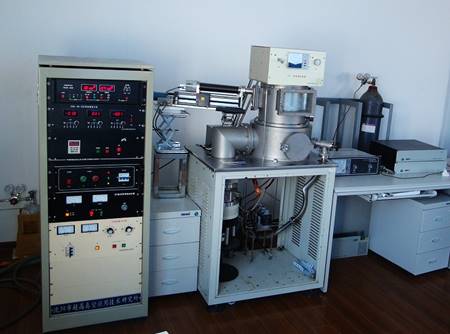
Fig.3 Apparatus view of ICP with planar coils
Diagnostics systems
● Langmuir probes (Hiden and Impedans)
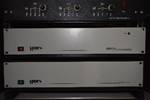
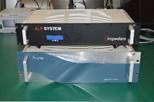
Fig.2.4 Langmuir probe systems (Left: Hiden and right: Impedans)
● Time resolution OES systems
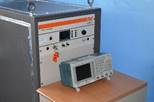
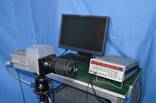
Fig.2.5 Power source system Fig.2.6 ICCD camera+DG645
● I-V probe system and R&S ZVL Network analyzer
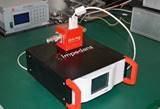
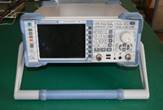
Fig.2.7 I-V probe system (Impedans) Fig.2.8 Network analyzer (9 kHz ~ 6 GHz)
● Energy-resolution quadrupole mass spectrometer
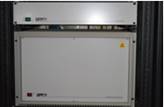
Fig.2.9 Energy-resolution quadrupole mass spectrometer (PSM003,Hiden)
● Retarding field energy analyzer (Impedans)
● Double and triple probes (self-made)